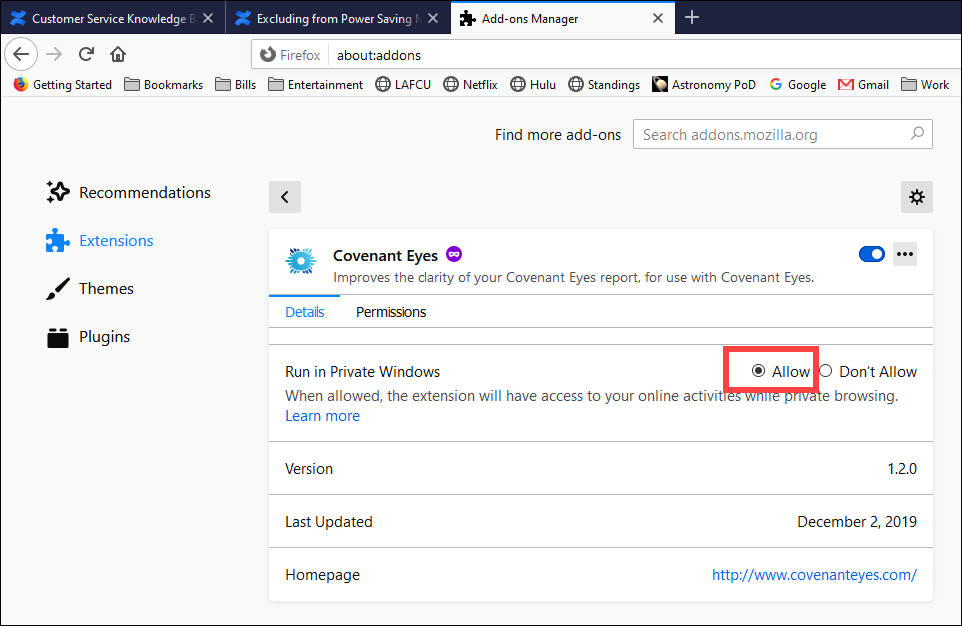
 Chrome Users on iPhone: As above, select the three dots and then “New Incognito Window”- just make sure you’re browsing in Chrome for this. When browsing, simply click on the three dots and then select “New Incognito Window”. Chrome Users on Android: Android devices come with Chrome as default. Chrome Users in macOS: Mac users can get an Incognito window the same way that users in Windows do – the one slight difference is “Command” takes the place of “Ctrl”. Safari Users in macOS: In the top menu bar, click on “File” and then “New Private Window”, or use the keyboard shortcut: Shift, Command, and N. Firefox Users in Windows: Like in Chrome, you can access a private window by simultaneously pressing three buttons (Ctrl, Shift, and P), or by way of the menu (those three horizontal lines, then Open Private Window”. Chrome Users in Windows: You can switch on Incognito mode by simultaneously pressing Ctrl, Shift, and “N”, or by accessing the browser’s menu (those three vertical dots in the upper right) and selecting “Open Incognito Window”. To access Incognito mode, you would take the following steps… However, it does much the same job whichever browser you are using – it keeps your search and browsing history from being recorded on the device you are using.
Chrome Users on iPhone: As above, select the three dots and then “New Incognito Window”- just make sure you’re browsing in Chrome for this. When browsing, simply click on the three dots and then select “New Incognito Window”. Chrome Users on Android: Android devices come with Chrome as default. Chrome Users in macOS: Mac users can get an Incognito window the same way that users in Windows do – the one slight difference is “Command” takes the place of “Ctrl”. Safari Users in macOS: In the top menu bar, click on “File” and then “New Private Window”, or use the keyboard shortcut: Shift, Command, and N. Firefox Users in Windows: Like in Chrome, you can access a private window by simultaneously pressing three buttons (Ctrl, Shift, and P), or by way of the menu (those three horizontal lines, then Open Private Window”. Chrome Users in Windows: You can switch on Incognito mode by simultaneously pressing Ctrl, Shift, and “N”, or by accessing the browser’s menu (those three vertical dots in the upper right) and selecting “Open Incognito Window”. To access Incognito mode, you would take the following steps… However, it does much the same job whichever browser you are using – it keeps your search and browsing history from being recorded on the device you are using. 
The mode also has different names on different browsers: while it’s Incognito mode on Chrome, Firefox or Opera users will more likely know it as Private Browsing, and Microsoft Edge and IE users will call it InPrivate. You can switch on Incognito mode in different ways depending on which browser you are using, and which operating system.






 0 kommentar(er)
0 kommentar(er)
